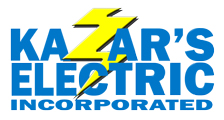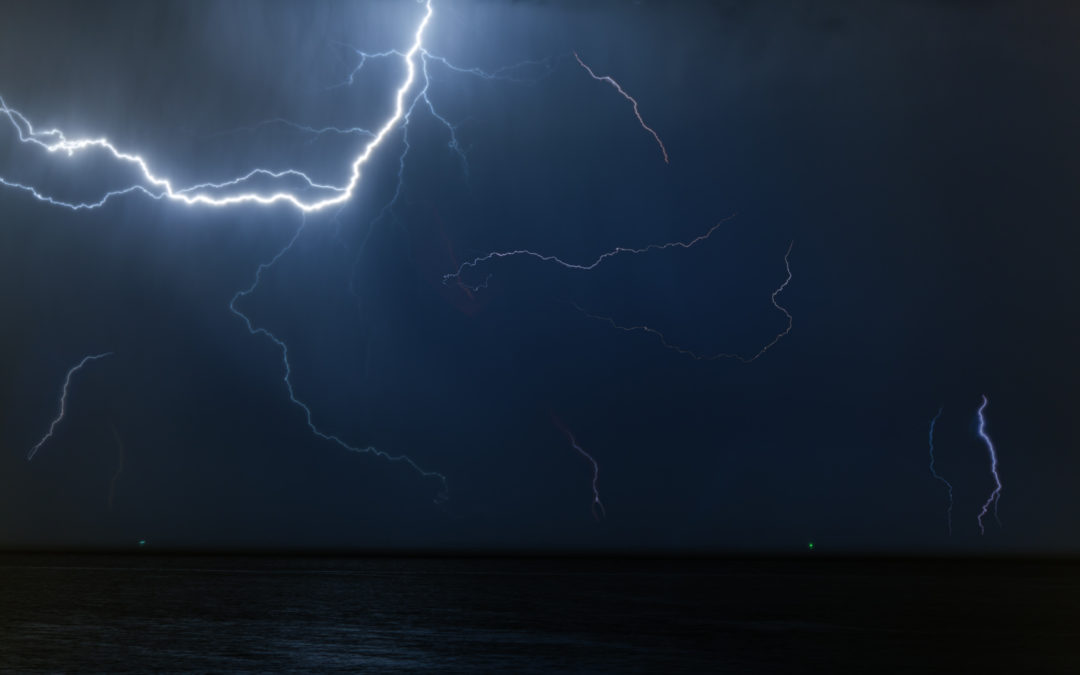A power surge refers to a sudden and overwhelming surge of electricity that greatly exceeds the capacities of electrical equipment. It often occurs when lightning strikes buildings and when a local power utility restores power after a localized outage. The services of costly emergency electricians might be needed to restore power and repair electrical equipment.
According to an ESFI survey, respondents said power surges frequently damage equipment in 80% of IT centers, 76% of industrial operations, and 69% of hospitals and other healthcare providers. The equipment damage generally occurs monthly or more often.
Power Surges Could Damage Important Equipment
A power surge could overwhelm the electrical circuits that enable many types of equipment to operate, including computers, diagnostic gear, and life-support systems. The sudden loss of critical equipment can affect the health of people obtaining medical treatment in hospitals.
A power surge could render an IT service provider impotent until emergency electricians restore power and repair or replace damaged equipment. Other important services that are dependent upon electrical equipment to operate likewise could be put out of business temporarily or even permanently if the damage is catastrophic.
Residential Power Surges Could Become Costly
Potential power surges endanger your home and business. Even if you have a lightning rod atop your building, the sudden surge of electricity due to a lightning strike could destroy your electrical equipment, and so could the sudden restoration of power following a local outage.
When important equipment is rendered useless by power surges, qualified emergency electricians are needed to fix the damage and install protective equipment, such as surge protectors. Like any emergency services provider, emergency electricians can cost a lot to visit your home and repair any damage.
How to Protect Against Power Surges
The easiest way to protect against damage from power surges is to unplug electrical equipment when a lightning storm is passing through the area and when the equipment is not in use. Unfortunately, that is not always a viable option, especially when the equipment provides users with a critically important service. Life-support systems are a perfect example.
Surge protectors can protect most electrical equipment inside your home or place of business. Computers, televisions, and audio-visual equipment could survive a power surge with a surge protector. A sudden and overwhelming surge of power would cause the surge protector to shut down the power flow and prevent damage. Get in touch with us at Kazar’s Electric for the surge protectors you need.

